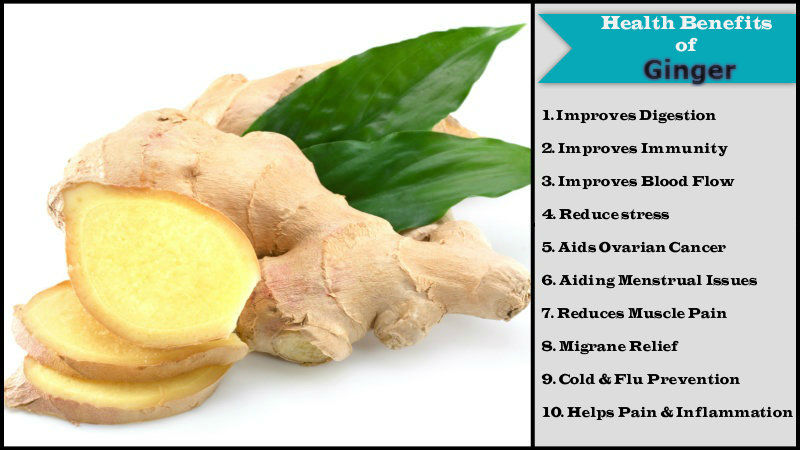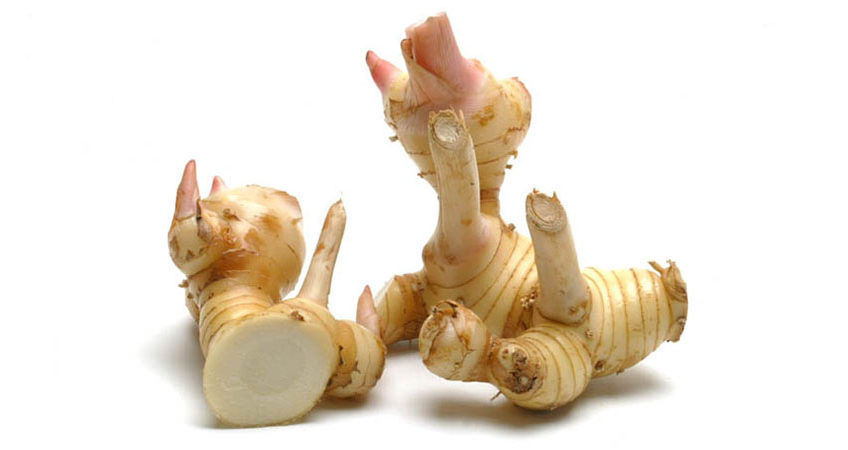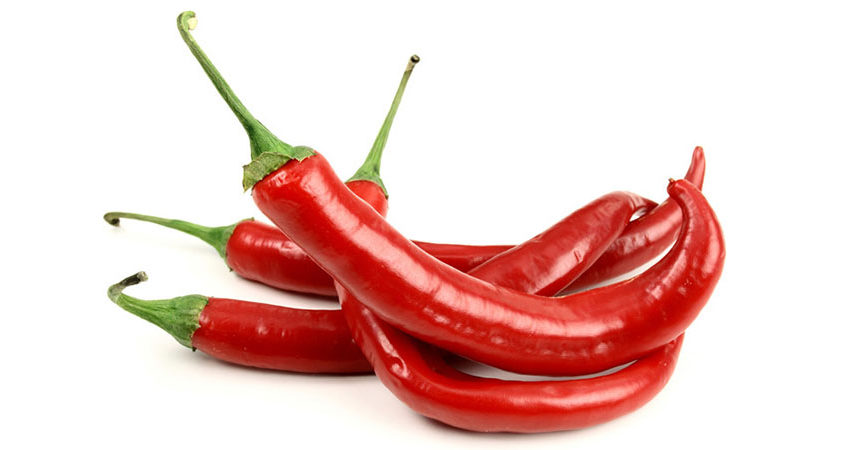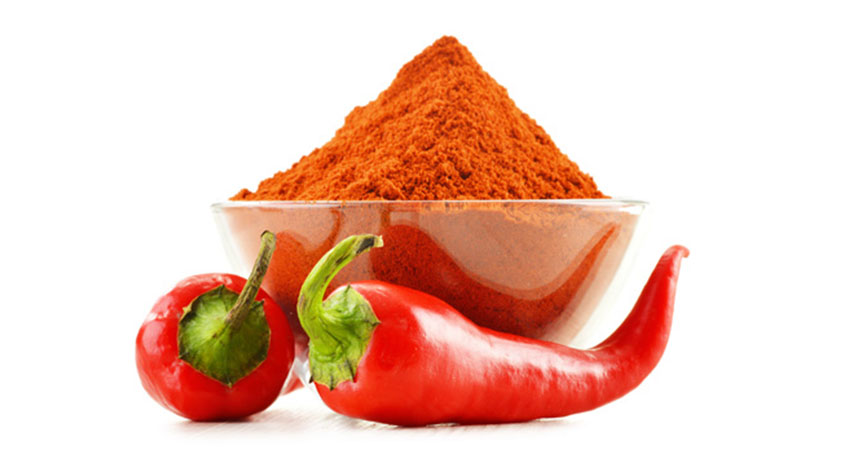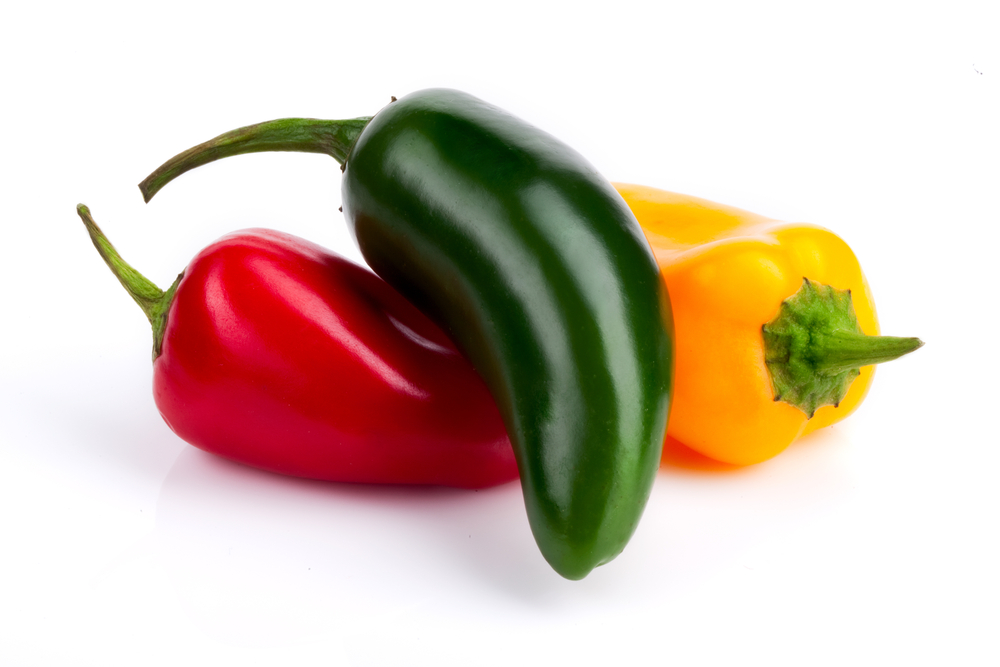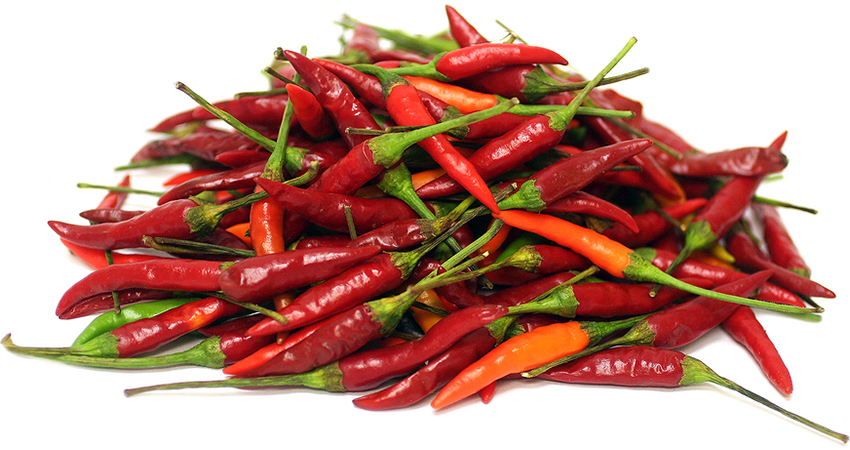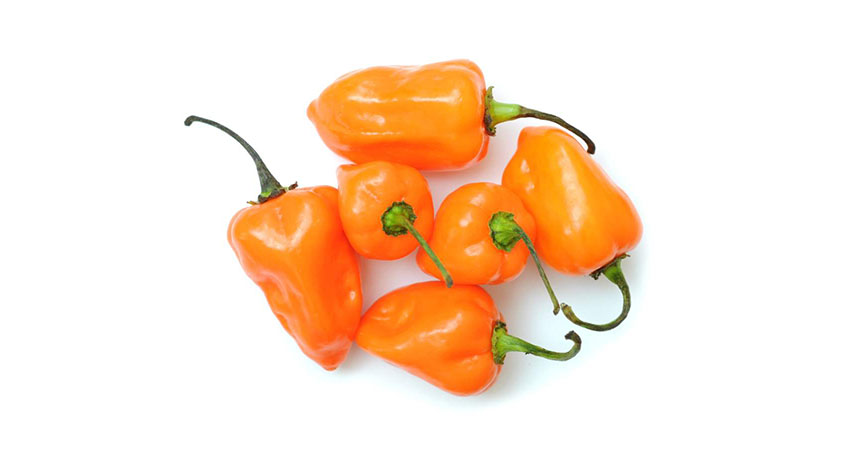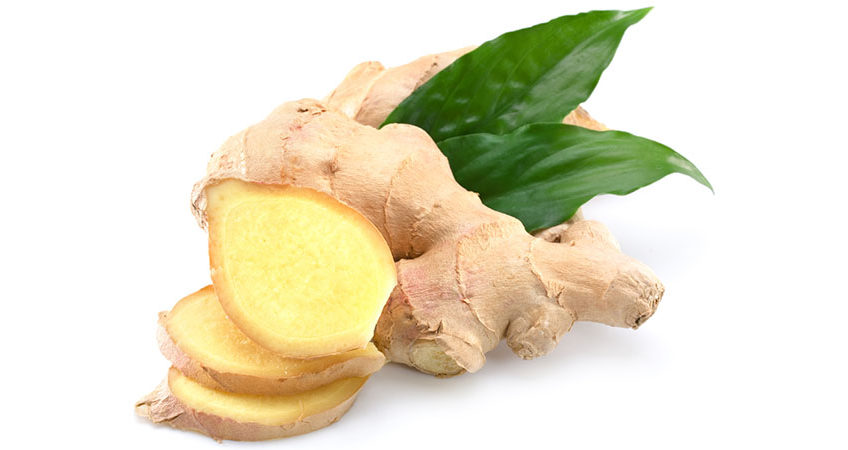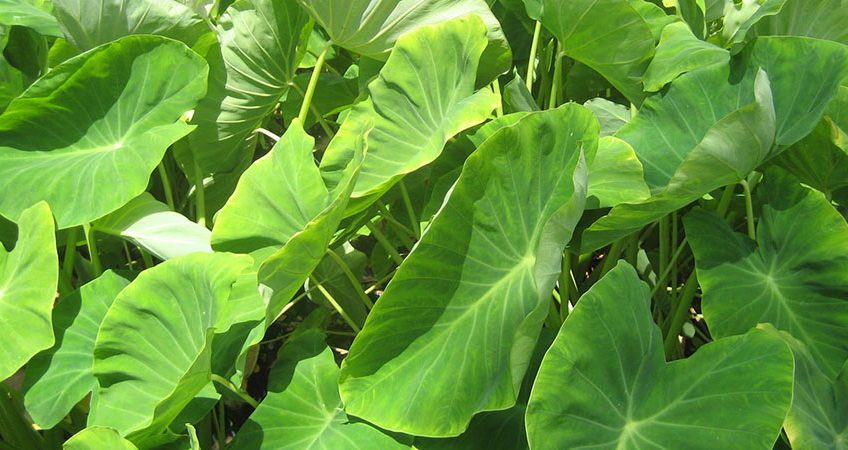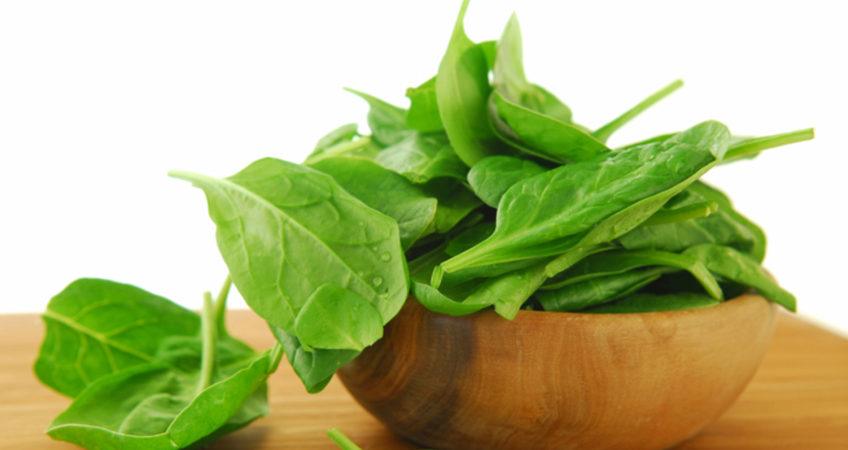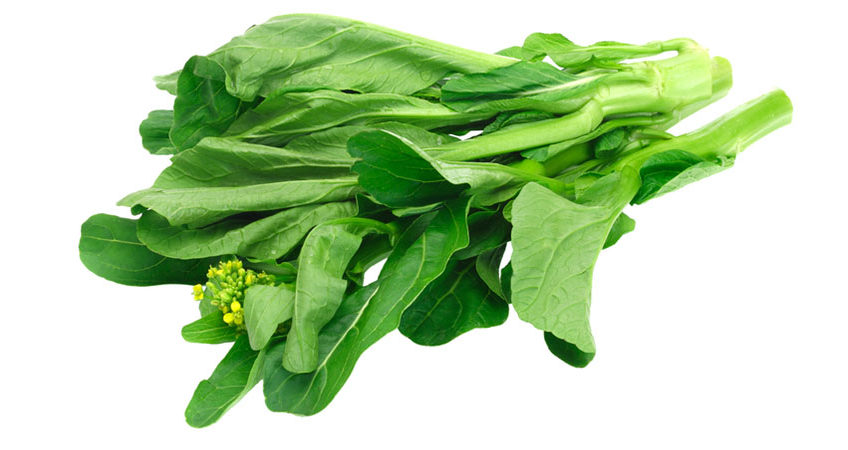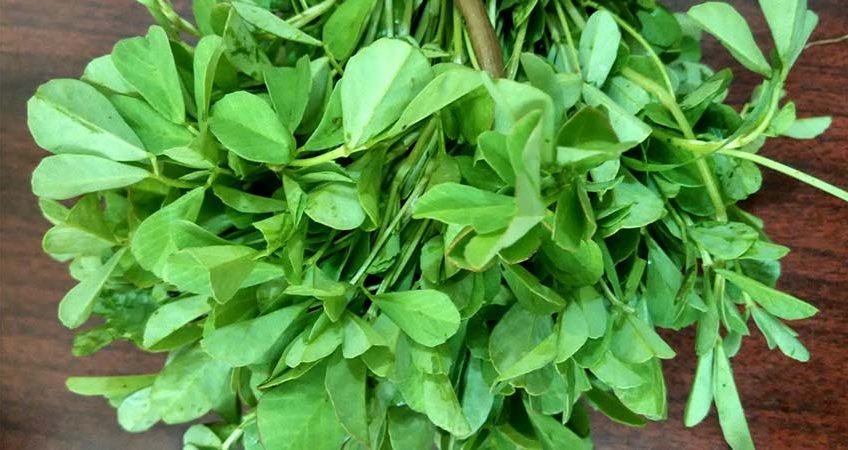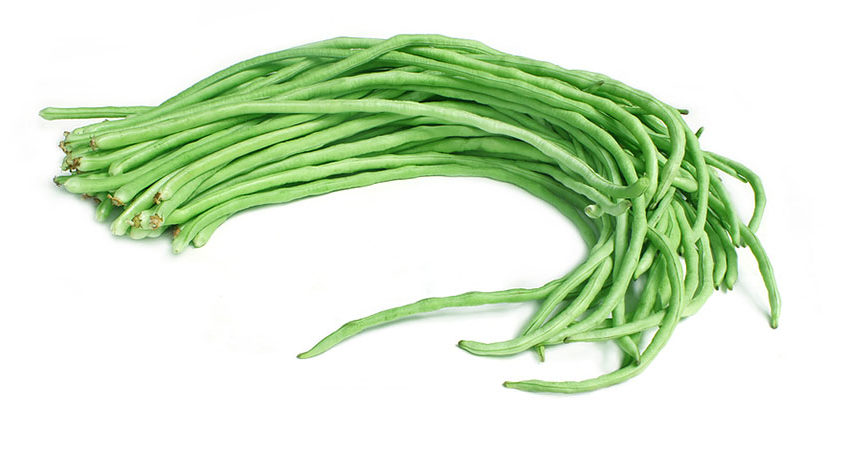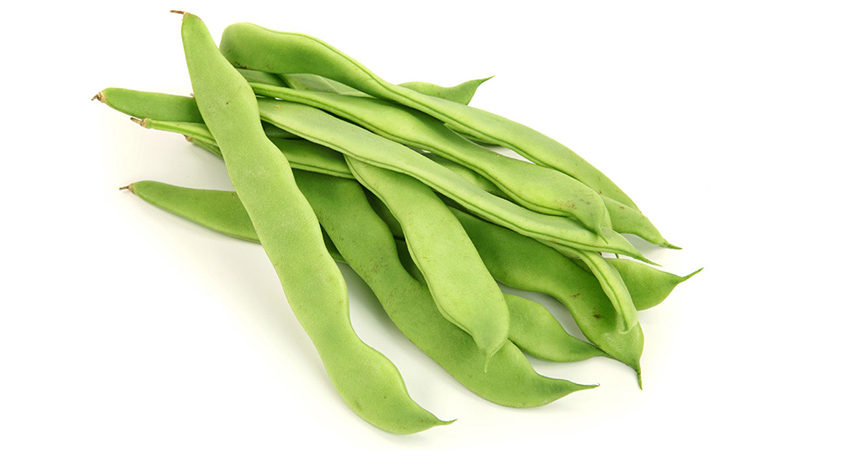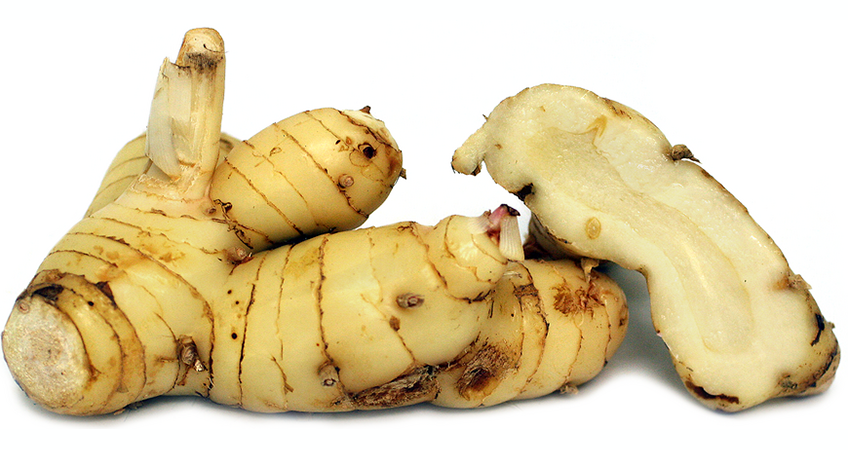
Ginger
Ginger (Zingiber officinale) is a flowering plant whose rhizome, ginger root or simply ginger, is widely used as a spice.
Long-hailed for its medicinal, therapeutic and culinary benefits in India, China and around the world, ginger continues to gain ground as a root for well-being. Ginger produces a hot, fragrant kitchen spice. ginger roots is often used as a seasoning in Indian recipes and is a common ingredient of Chinese, Korean, Japanese, Vietnamese, and many South Asian cuisines for flavoring dishes such as seafood, meat, and vegetarian dishes.
As the world’s most widely cultivated spice, ginger may also be the world’s most versatile, evidence-based natural health remedy. Numerous studies have been conducted on the medicinal benefits of this wonder spice for over 100 health conditions. It has a long history of use, and as a testimony to its numerous benefits, it remains a component of more than 50% of all traditional herbal remedies.
Health Benefits
